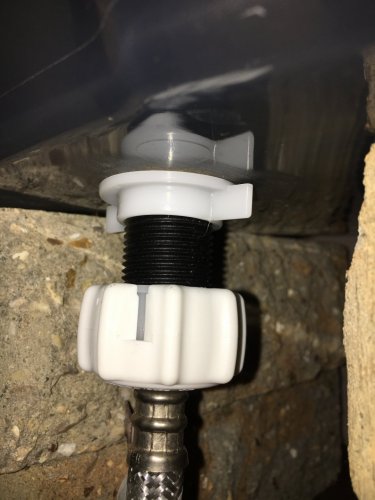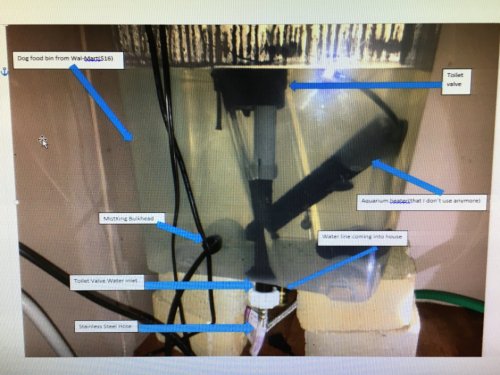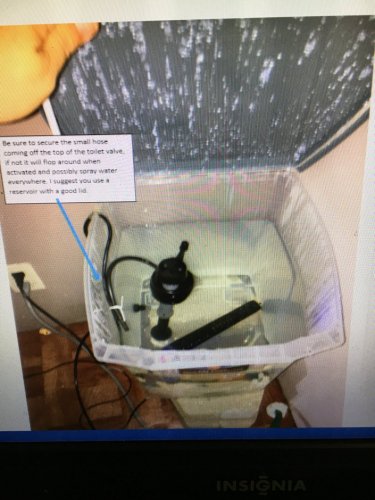Brodybreaux25
Chameleon Enthusiast
My reservoir is a SEALED 15gal clear tank with an aquarium heater in it, stays at 93 degrees 24/7. I also installed a toilet fill valve inside of the sealed reservoir so I do not have to keep refilling the tank, it does it on its own. I have an in-line water filter before the toilet valve but it’s nothing spectacular. I’ve been running it this way for about 4 months and so far I haven’t had any kind of bacteria problems but I realize 4 months may not be enough time for these kinds of problems to manifest. My question is dose me operating my water reservoir this way create an elevated risk of bacteria build up?
Keep in mind the entire system was sterilized and sealed when I installed it. I do have a way of introducing iodine, or other sterilant, into the reservoir without breaking the main seal but so far it is untested. The water is just as clear as the day I set it up, but I doubt that means too much when it comes to bacteria…
Either way I would like to test the water coming out of my MistKing vs my regular tap water, can anyone recommend what to look for or a test kit to buy?
If I do find that I have elevated bacteria levels would a powerful UV light aquarium filter knock out the bacteria?
Keep in mind the entire system was sterilized and sealed when I installed it. I do have a way of introducing iodine, or other sterilant, into the reservoir without breaking the main seal but so far it is untested. The water is just as clear as the day I set it up, but I doubt that means too much when it comes to bacteria…
Either way I would like to test the water coming out of my MistKing vs my regular tap water, can anyone recommend what to look for or a test kit to buy?
If I do find that I have elevated bacteria levels would a powerful UV light aquarium filter knock out the bacteria?







